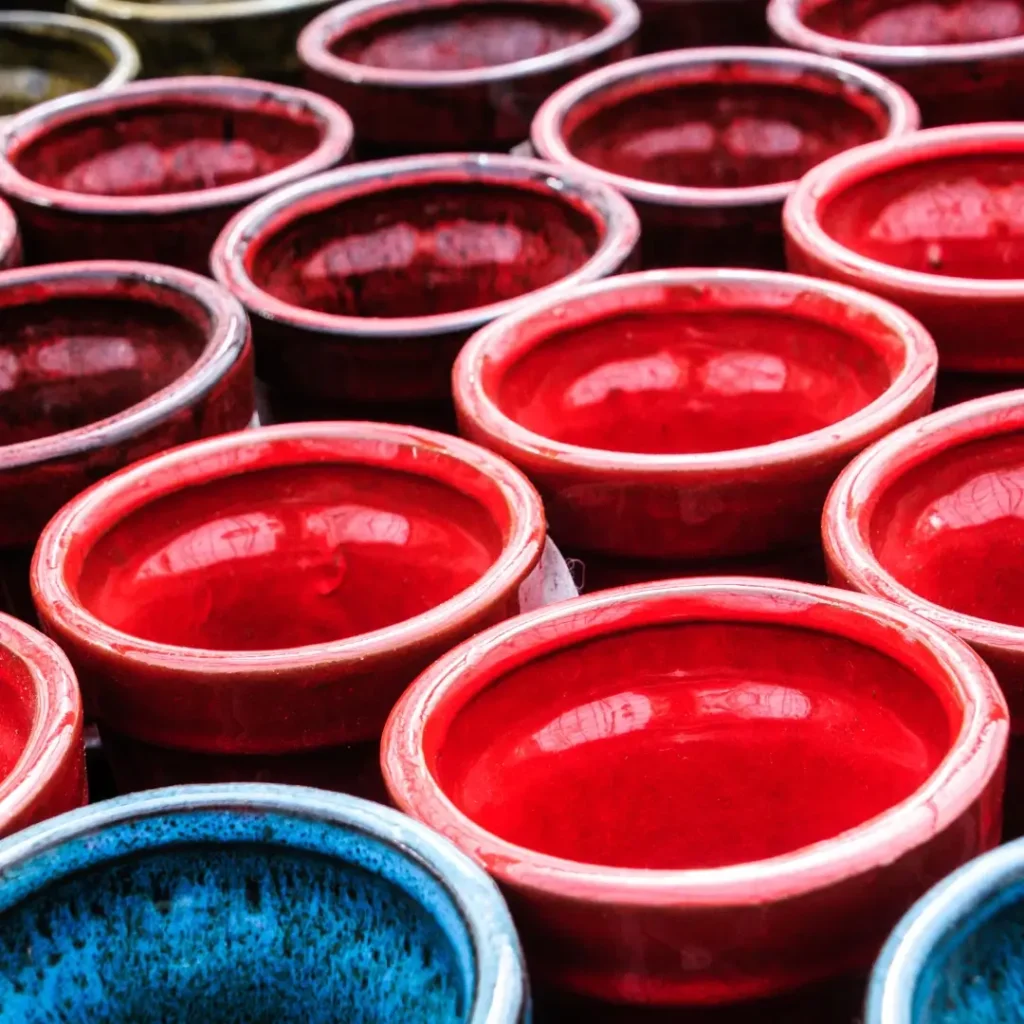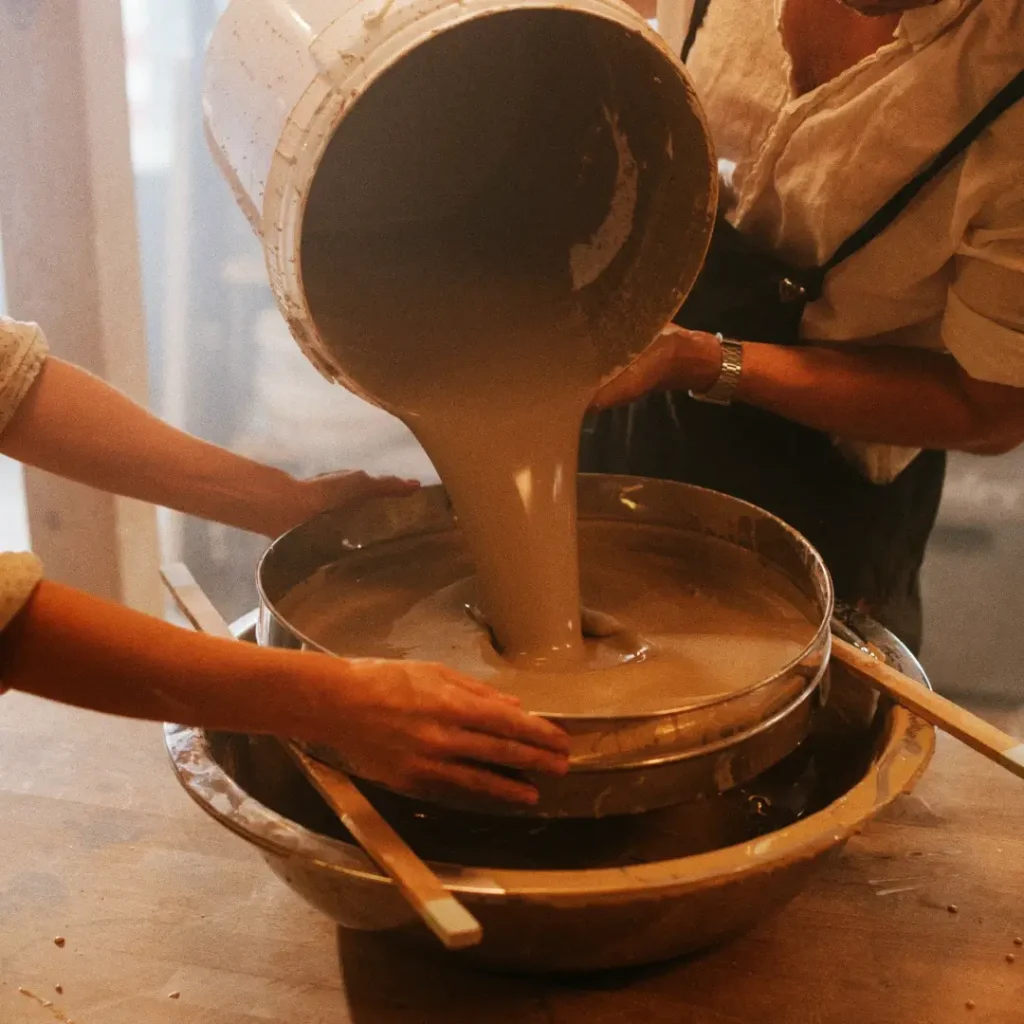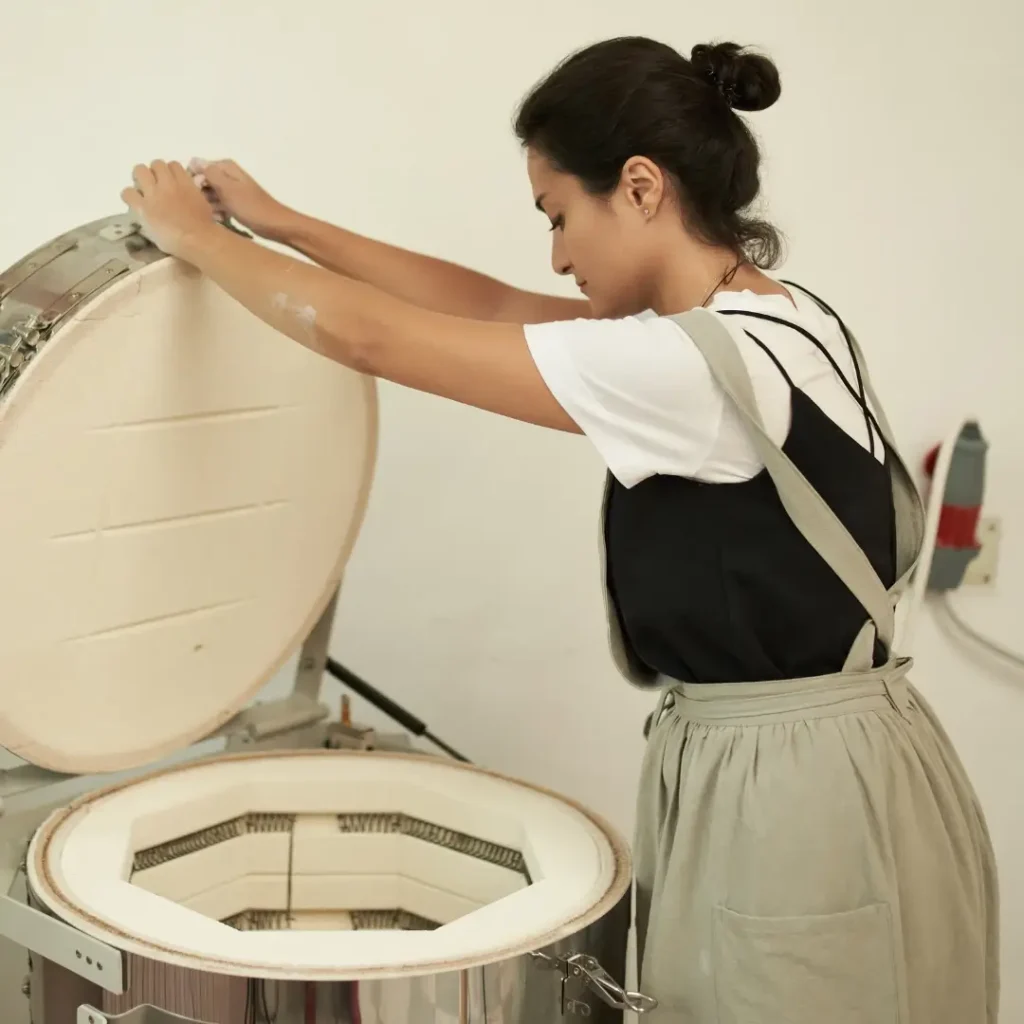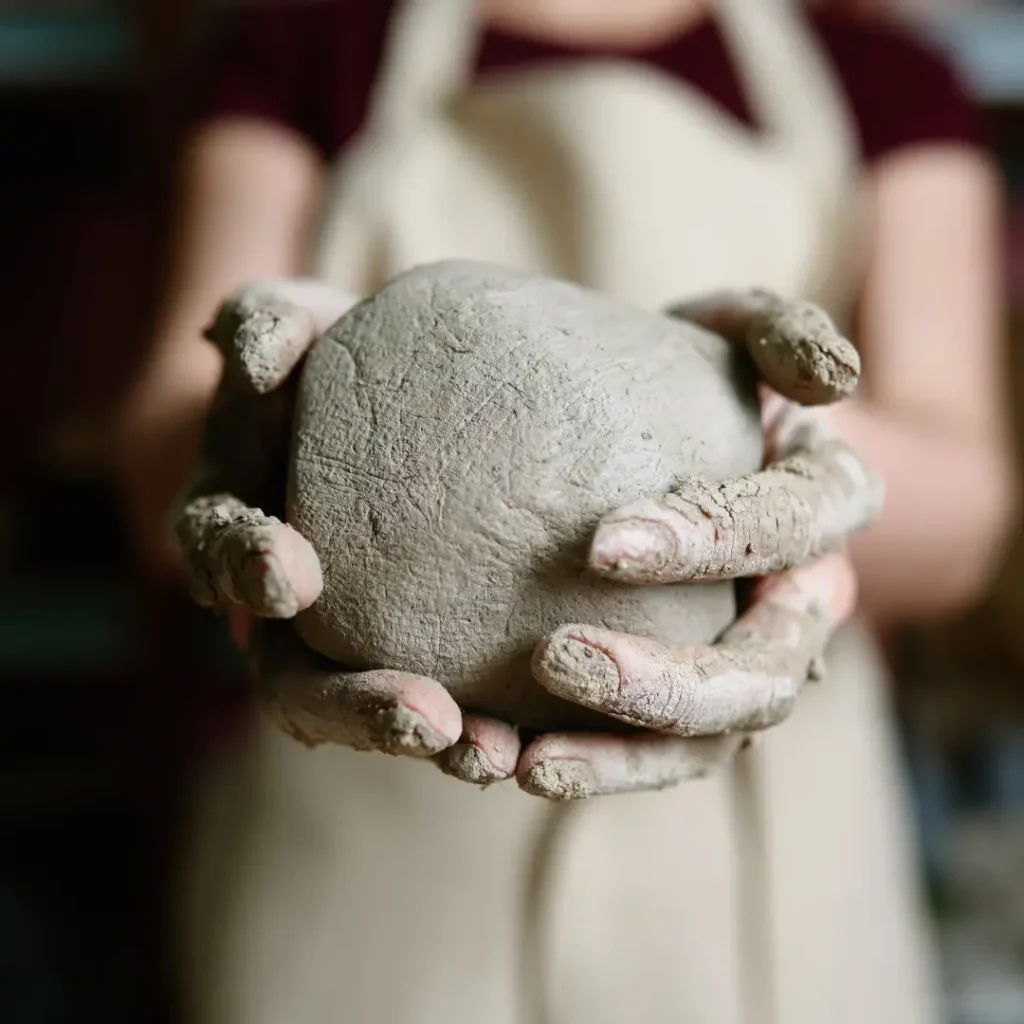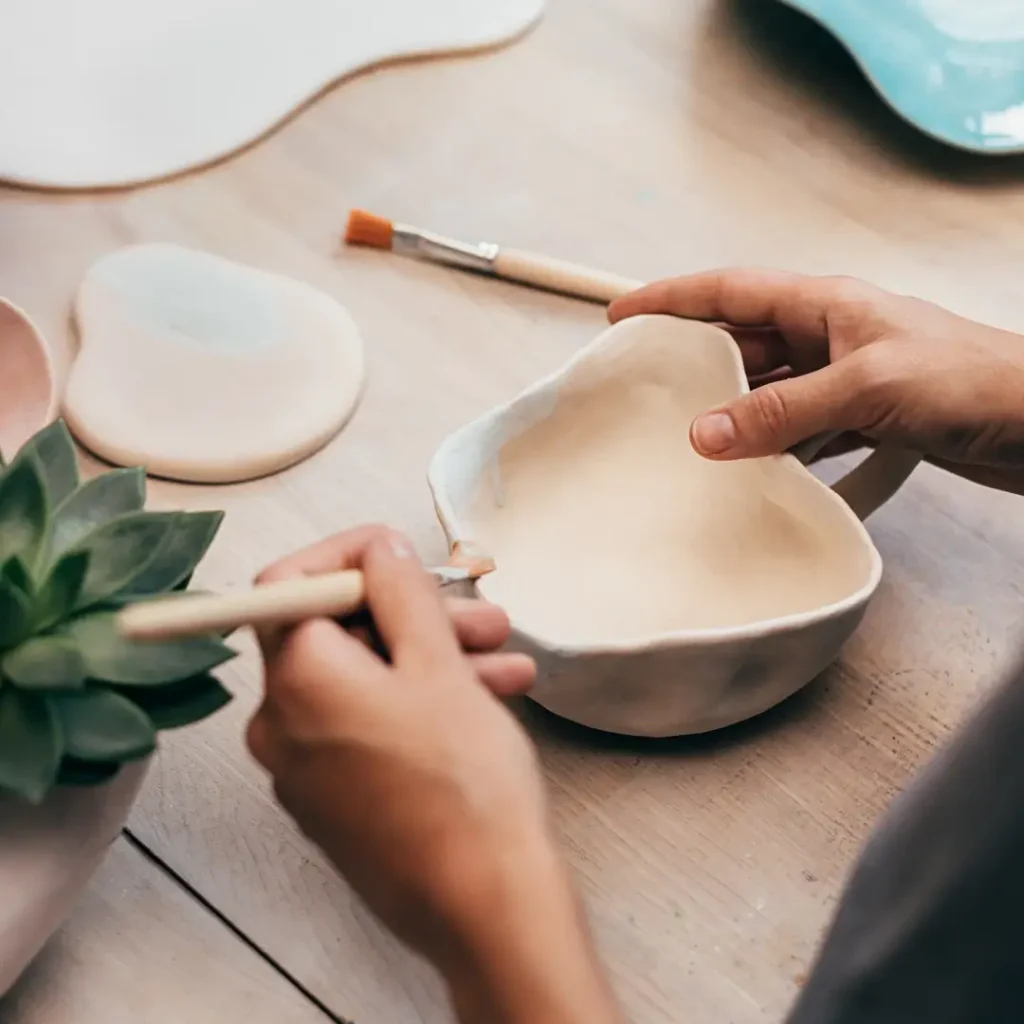The Lasting Beauty of Porcelain: What is its secret?

The charm of porcelain lies as much in its beauty as in its functionality, and it remains an appreciated material in modern craftsmanship and industrial manufacturing.
What is porcelain and what is not
Porcelain, a highly appreciated material, is a high quality product made by firing clay with characteristic components such as kaolin and fired at high temperatures, resulting in a white, translucent and very hard ceramic.
It is distinguished from other types of ceramics such as earthenware by its fineness, resistance to thermal shocks, and its glossy glaze.
Porcelain Composition
- Kaolin: A mineral found in white clay that provides plasticity and allows porcelain to retain its shape. It also gives it its characteristic white color.
- Feldspar: Acts as a flux, lowering the temperature at which kaolin becomes glass.
- Quartz: Provides strength and prevents the piece from deforming during firing and cooling.
How Porcelain is Made
The process of creating porcelain is an art in itself, beginning with the precise mixing of its natural ingredients.
After meticulous drying, the piece undergoes two firings: the bisque firing and the glaze firing, after which the piece reveals its final beauty. Firing is carried out in a kiln at temperatures ranging from 1,200 to 1,400 degrees Celsius.
Types of Porcelain
Hard Porcelain
Cooked at temperatures even exceeding 1400°C, this variety has great resistance and remarkable translucency.

Soft Porcelain
A slightly less robust version but easier to shape, and is cooked at a slightly lower temperature.
Bone Porcelain
Also called “bone china”, it is an interesting mixture that includes animal bone ash, giving it a distinctive transparency and tonality.
Origin of Porcelain
Its history begins in the Far East, specifically in China, more than 2,000 years ago. It was there that the ancient Chinese potters, in their tireless quest for perfection, gave life to this fascinating material. It was developed during the Tang dynasty and perfected in the Song dynasty.
In the 16th century, Chinese porcelain captivated the hearts of Europeans, leading them to try – unsuccessfully – to replicate its secret.
It was not until the 18th century, in Germany, that the alchemist Johann Friedrich Böttger, together with Ehrenfried Walther von Tschirnhaus, finally managed to decipher the enigma of porcelain (in short: the use of kaolin and the ability to achieve the necessary high temperatures with the kilns of the time) giving rise to the manufacture of Meissen, the first factory of this material on European soil, and it was well worth the wait!
Applications of this coveted white ceramic
Its elegance not only conquers the world of art and decoration; but porcelain products have multiple uses, such as:
- High-end tableware.
- Also teapots, cups and sturdy plates for daily use.
- Decorative elements in the form of small sculptures and figurines.
- Dental pieces.
- Electronic components and insulators that, even if you don’t see them, are there, making sure you don’t get an unpleasant surprise.
Porcelain hides a rich history and a range of possibilities behind that immaculate shine. And now, every time you pick up a cup made of this material, remember that you are holding in your hands a piece of history that has traveled through cultures and centuries to reach you.
We hope you liked this post. It will help us if you share it on social media 👍
Note: This article contains links that lead to the artists’ stores on other non-Ceramicartis sales sites. If you make a purchase there, we will receive a small commission that will help us to continue with the site and in turn continue to support their work. This does not increase the selling price of the artist.
Latest posts:

